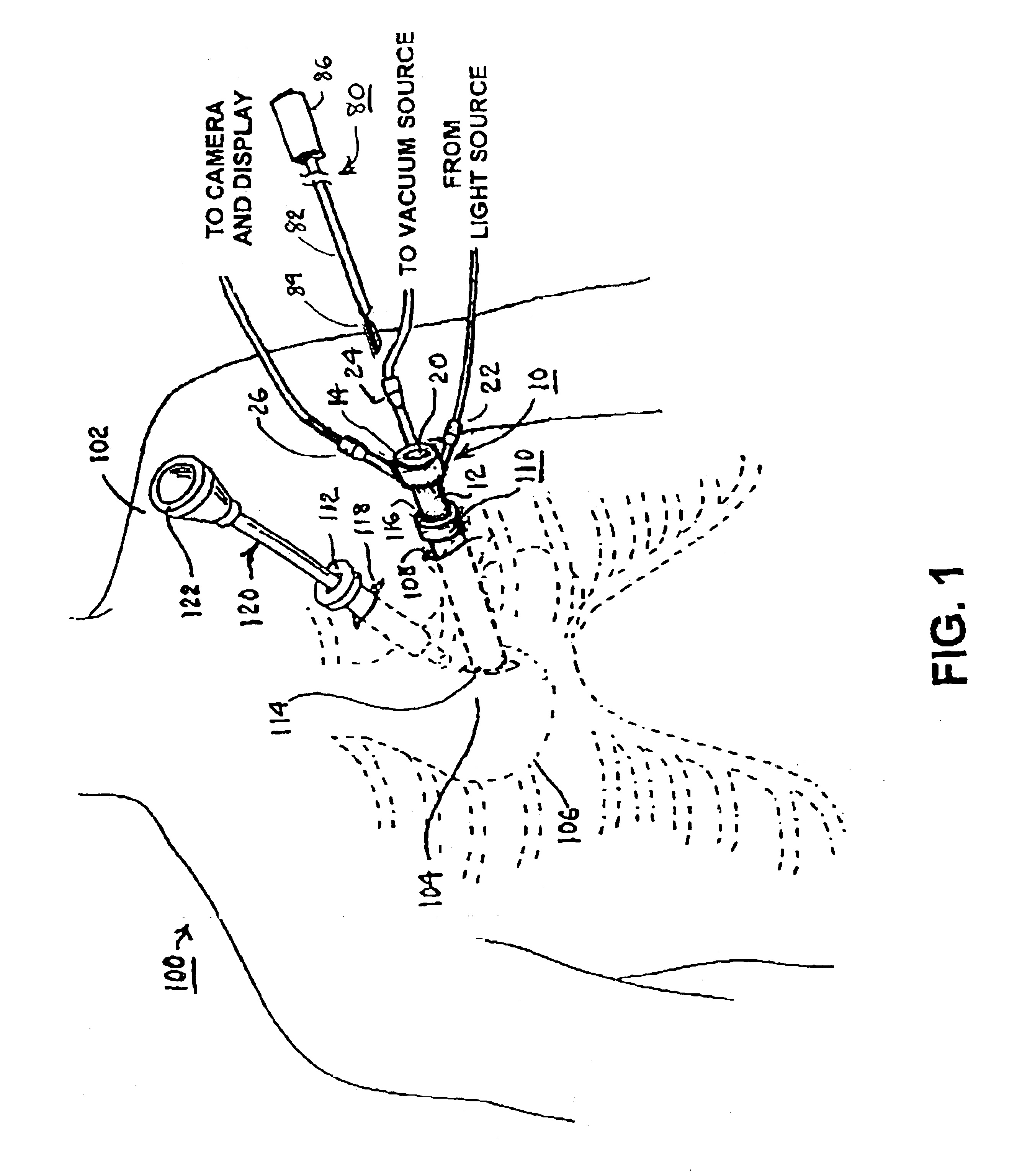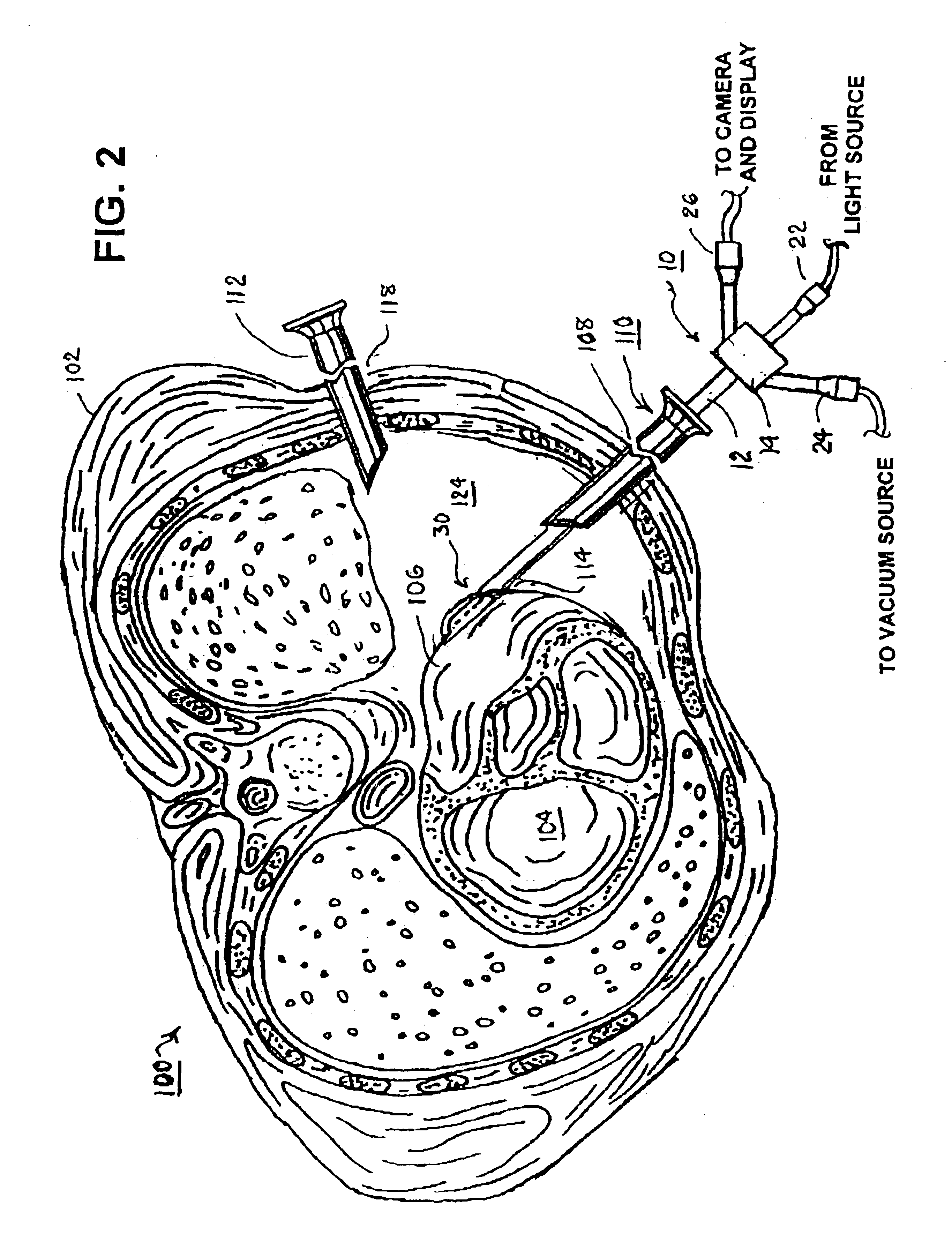Methods and apparatus for accessing and stabilizing an area of the heart
a heart and muscle tissue technology, applied in the field of medical devices and methods for accessing anatomic surfaces, muscle layers, vessels or anatomic space of the body, can solve the problems of unattractive scars, carries additional complications, and thoracic muscle and rib injuries
- Summary
- Abstract
- Description
- Claims
- Application Information
AI Technical Summary
Benefits of technology
Problems solved by technology
Method used
Image
Examples
Embodiment Construction
[0074]In the following detailed description, references are made to illustrative embodiments of methods and apparatus for carrying out the invention. It is understood that other embodiments can be utilized without departing from the scope of the invention. Preferred methods and apparatus are described for accessing the pericardial space between the epicardium and the pericardium as an example of accessing an anatomic space between an outer tissue layer and an inner tissue layer.
[0075]For example, FIGS. 1-3 illustrate the placement of instruments through the chest wall of a patient 100 for observation and accessing the pericardial space through an incision in the pericardium 106 exposing the pericardium of the heart 104 to perform any of the ancillary procedures listed above. The patient 100 is placed under general anesthesia, and the patient's left lung is deflated if necessary, using conventional techniques. The patient 100 is placed in a lateral decubitus position on his right sid...
PUM
 Login to View More
Login to View More Abstract
Description
Claims
Application Information
 Login to View More
Login to View More - R&D
- Intellectual Property
- Life Sciences
- Materials
- Tech Scout
- Unparalleled Data Quality
- Higher Quality Content
- 60% Fewer Hallucinations
Browse by: Latest US Patents, China's latest patents, Technical Efficacy Thesaurus, Application Domain, Technology Topic, Popular Technical Reports.
© 2025 PatSnap. All rights reserved.Legal|Privacy policy|Modern Slavery Act Transparency Statement|Sitemap|About US| Contact US: help@patsnap.com



